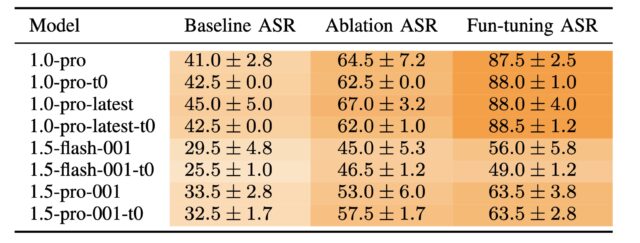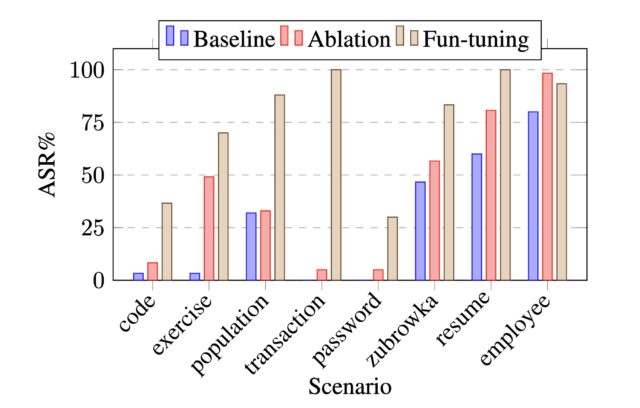2025 Audi RS e-tron GT: More range, more power, still drives like an Audi
New motors, new battery
The front electric motor has revised electronics and a new pulse inverter, and the rear motor is a new version with a higher density of copper windings and an overall weight reduction of 22 lbs (10 kg). They’ve upped the amount of regenerative braking on offer, too—you can now harvest up to 400 kW under braking at up to 0.45 G before the friction brakes take over (the old car was up to 290 kW and 0.38 G). Audi also upped the maximum amount of regen braking that occurs when you lift off the throttle, which can now be 0.13 G (up from 0.06 G), which you toggle on or off using the paddles behind the steering wheel.
Being able to recover more energy under braking obviously helps efficiency, but there’s also new battery chemistry with a different ratio of nickel:manganese:cobalt from before, plus a lot of work on the 800 V battery pack’s cooling system. That also means it can DC fast-charge at up to 320 kW now, which drops the 10–80 percent charge time to just 18 minutes, making the e-tron GT competitive with the very fast-charging EVs from Kia, Hyundai, and Genesis. The optimum pack temperature for fast charging has been reduced from 95° C to 59° C, and the pack even weighs 25 lbs (11 kg) less than before.
The e-tron GT has AC charge ports on both sides, but only DC charging on one side. Audi
For an extra $11,000, you can equip the RS e-tron GT with active suspension (together with better performance tires and ceramic brakes in the Dynamic plus package). If you choose comfort mode, the active suspension will lean into turns, lift the nose under braking, and drop the nose under acceleration, combating the weight transfer that happens under cornering, acceleration, and braking. With this setting active, and when driven at regular speeds, the effect is a subtle but indeed very comfortable ride as a passenger.
I’m going HOW fast??
As you settle into the seat of the RS e-tron GT, you notice there’s a new multifunction steering wheel, with a pair of bright red buttons—one to activate the 10-second boost mode, the other to toggle between the two customizable “RS” drive modes and performance mode (to switch between comfort, dynamic, and efficiency, you use a button on the center stack). There’s also new Nappa leather for the seats, and the option of forged carbon fiber trim as opposed to the woven stuff. Oddly, the forged carbon is an $8,400 add-on, despite being cheaper and easier to make than traditional woven carbon fiber. There’s also the option of an all-carbon fiber roof, or a glass roof with or without electrochromic dimming sections.
2025 Audi RS e-tron GT: More range, more power, still drives like an Audi Read More »

























